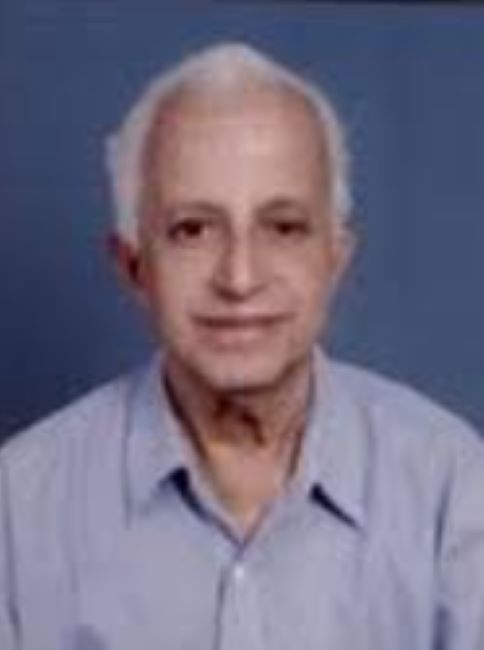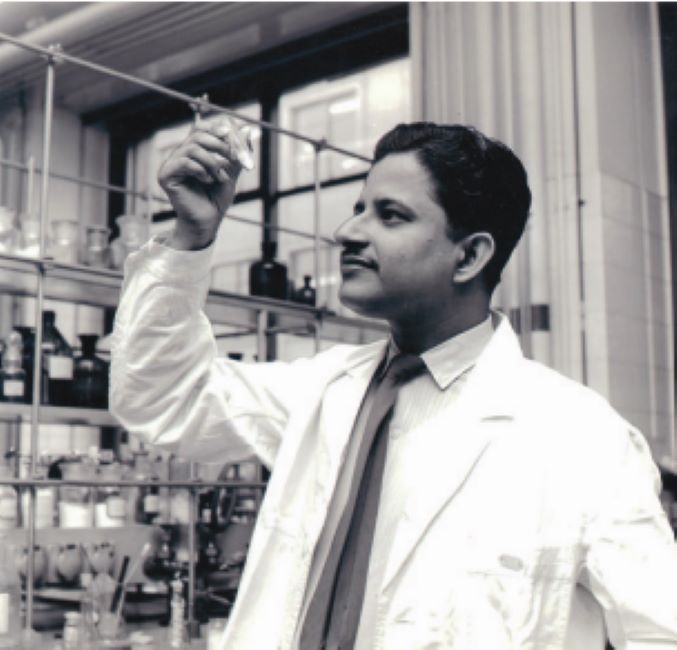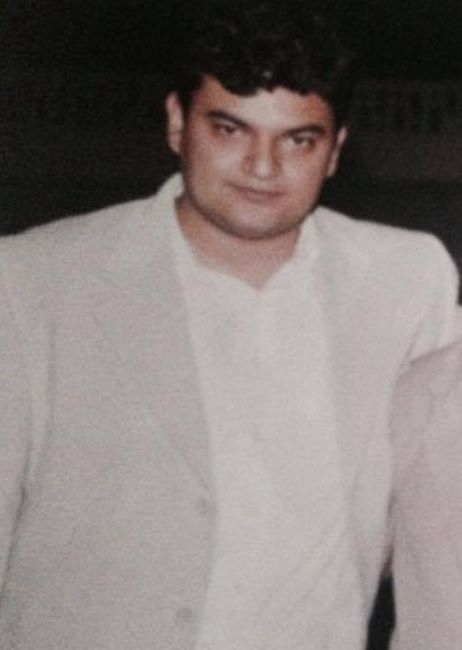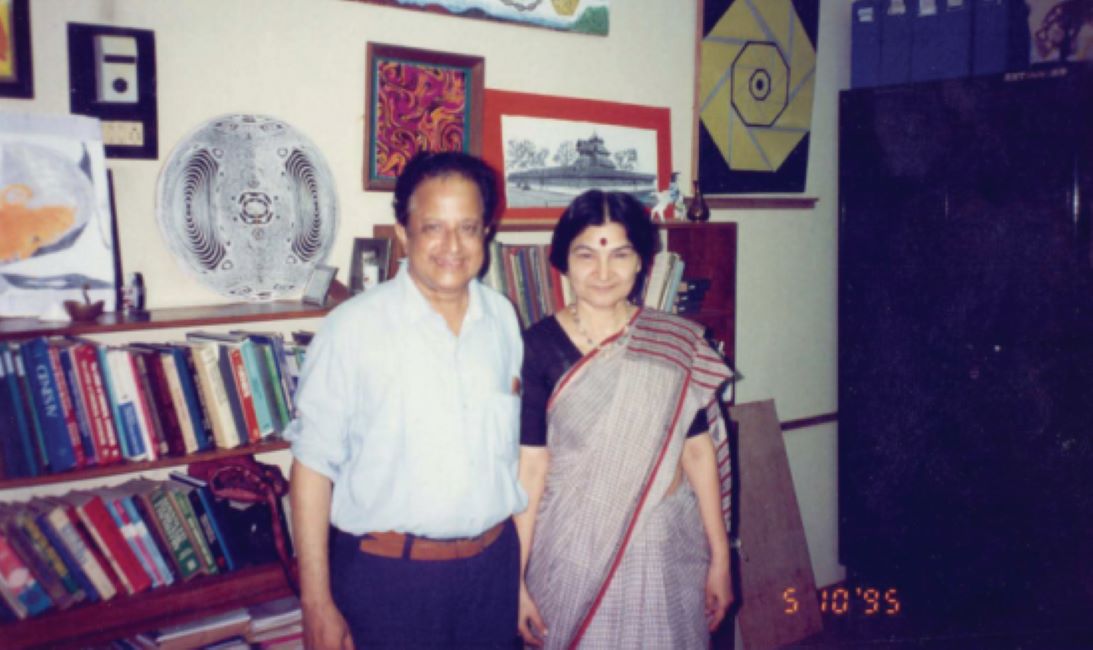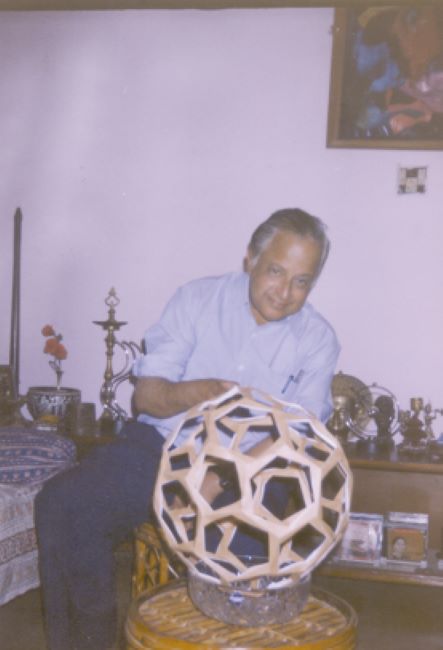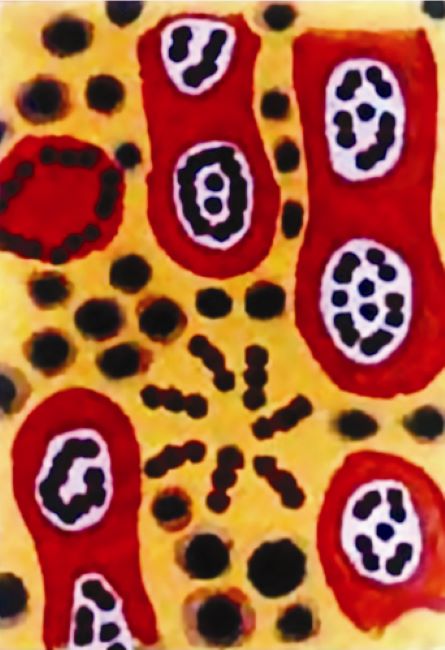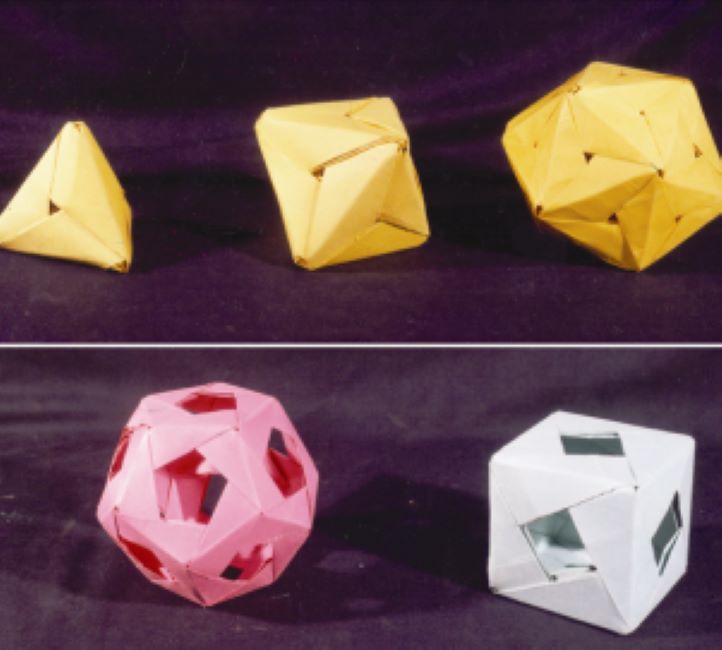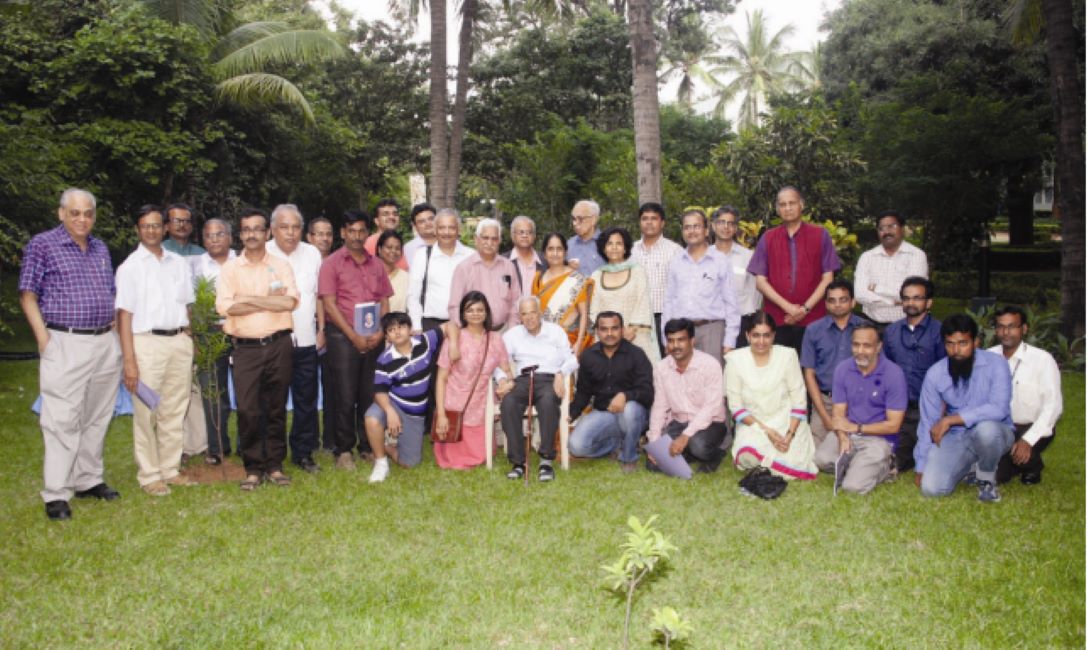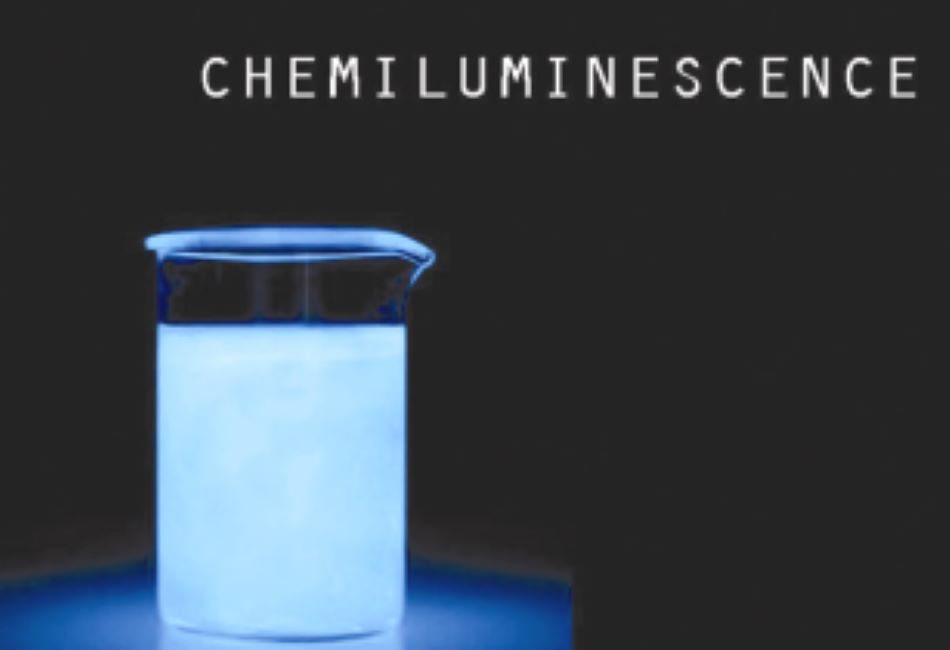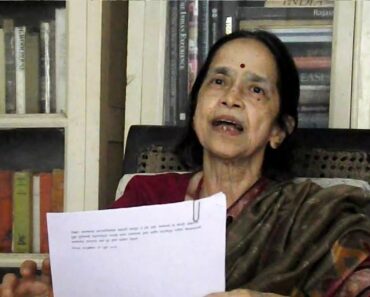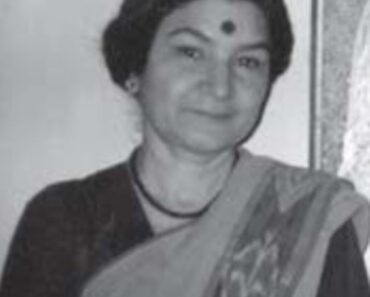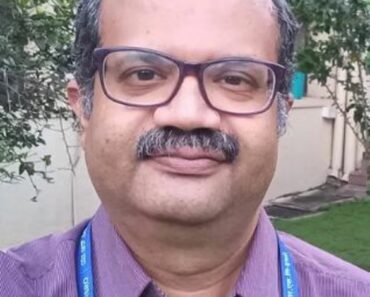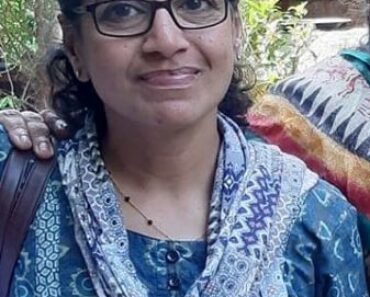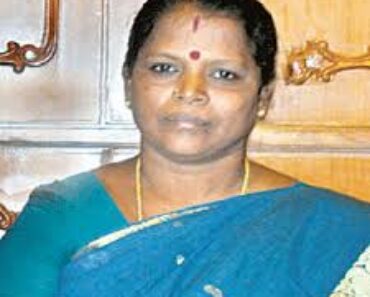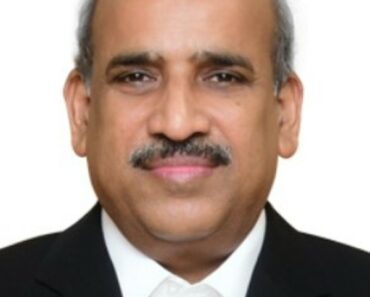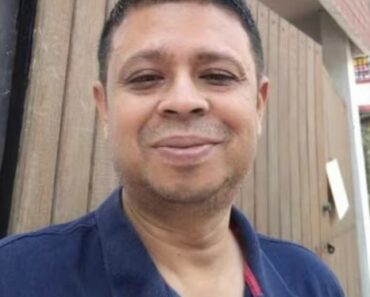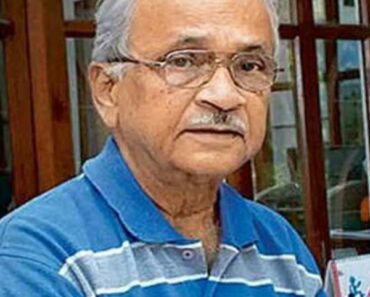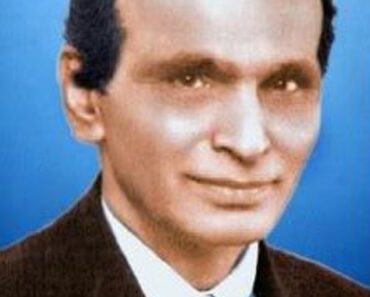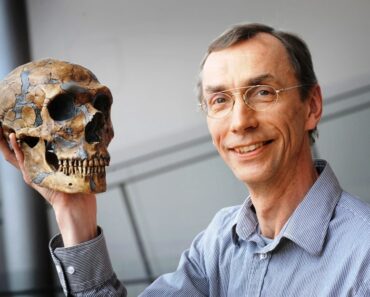Subramania Ranganathan (1934–2016) was an Indian bioorganic chemist, professor, and author. Subramania was the head of the Department of Chemistry at the Indian Institute of Technology Kanpur. He is known for his important contributions to chemistry, specifically, organic synthesis and mechanistic organic chemistry. Subramania Ranganathan passed away in 2016.
Contents
Wiki/Biography
Subramania Ranganathan was born on Friday, 2 February 1934 (age 81 years; at the time of death) in Tamil Nadu. Subramania attended the University of Madras, Chennai, Tamil Nadu, from which he received his Bachelor of Science and Master of Science in 1957. He then held a job at the Central Leather Research Institute (CLRI) in its Biochemistry Department. Subramania was given the Sloan Kettering Foundation Fellowship for three years, on which he went to The Ohio State University for his doctoral studies. In 1962 he received his PhD under the advice of Professor Harold Shechter. From 1962 to 1964, he worked under the Nobel Laureate Professor R. B. Woodward. From 1964 to 1966, Subramania worked at the Woodward Research Institute in Basel, Switzerland.
Physical Appearance
Height (approx.): 5′ 7″
Hair Colour: Black
Eye Colour: Black
Family
Parents & Siblings
There is not much known about Subramania’s parents and siblings.
Wife & Children
Subramanian Ranganathan was married to the organic chemist Darshan Ranganathan. Darshan passed away in 2001 due to breast cancer. Darshan and Subramania met at a symposium in 1969. After their meeting, Subramania sent Darshan a letter asking her to marry him to which she said yes. The two married on 4 June 1970. Their son, Anand Ranganathan, was born on 4 December 1972. Anand is a scientist, political analyst, and author.
Career
Professor
In 1966 Subramania Ranganathan joined the Indian Institute of Technology (IIT) Kanpur. During his career at IIT Kanpur, which ended in 1994 when he retired, he has held the positions of Professor, Head of the Chemistry Department, and Dean (Professor-in-Charge, Faculty Affairs). Subramania taught subjects such as general chemistry and frontiers in biology. He also co-taught a course on biochemistry and biophysics. He was awarded the position of Senior Scientist by the Indian National Science Academy from 1994 to 1999. In 1994, Subramania worked as a Senior Scientist at the Regional Research Laboratory (later renamed the National Institute of Interdisciplinary Science and Technology or NIIST). From 1998-99, Subramania and his wife worked at the Indian Institute of Chemical Technology (IICT) in Hyderabad. Subramania Ranganathan played an important role in the founding of the Indian Society of Bioorganic Chemists (ISBC). He was the President of the ISBC from 1994 to 2002.
Chemist
When Subramania was working with Professor Woodward, he made contributions that led to the creation of the Woodward–Hoffmann rules. It was Subramania’s idea of a reaction mechanism that helped with the formation of these Rules, which led Professor Woodward to win a Nobel Prize in 1981. Subramania went to Stockholm to witness Woodward receive the Nobel Prize. Subramania used to use craft to create complex molecules; he used the paper folding technique of Origami to achieve this.
Subramania has worked in more than 15 areas of carbon science such as organic chemistry, bio-organic chemistry, inorganic chemistry, bio-inorganic chemistry, DNA recognition, protein engineering, crystal engineering, and chemical topology.
Writer/Author
Subramania Ranganathan has written several research papers, co-authored many books, and has even put out a newsletter with his wife, Darshan. From 1971 to 1979, Darshan and Subramania wrote, edited, typed, cyclostyled (an earlier version of making copies), stapled, and mailed their newsletter. The newsletter was named “Current Organic Chemistry Highlights” and discussed literature on chemistry. Subramania has also published articles in the Journal of Chemical Education. He has also written many articles for the journal Resonance which is published by the Indian Academy of Sciences, Bangalore. Subramania wrote his first book “Fascinating Problems in Organic Reaction Mechanisms” (1967).
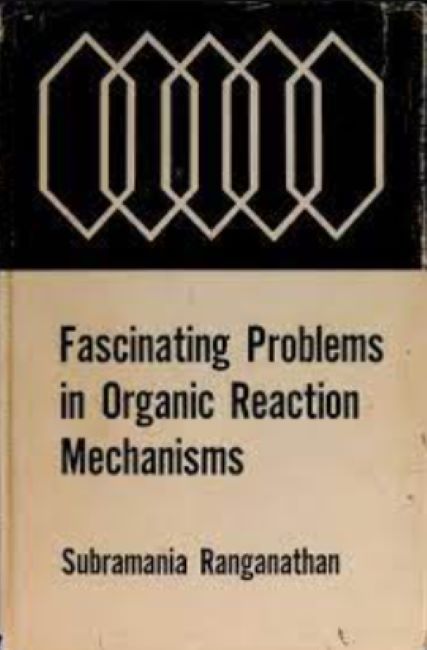
The cover of Subramania Ranganathan’s first book – Fascinating Problems in Organic Reaction Mechanisms (1967)
This was followed by books that he wrote with his wife Darshan Ranganathan such as “Challenging Problems in Organic Reaction Mechanisms” (1972) and “Further Challenging Problems in Organic Reaction Mechanisms” (1980).
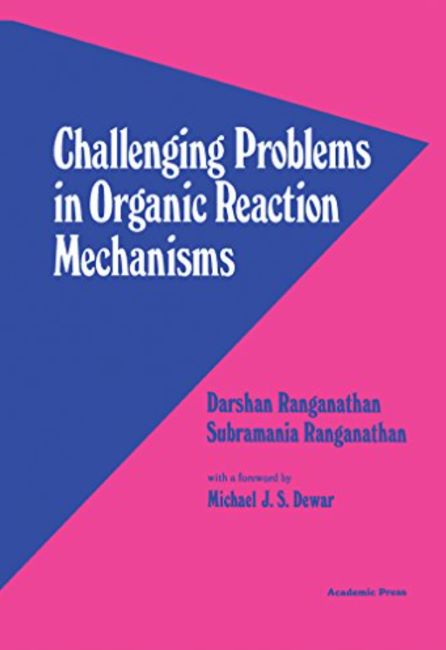
The cover for the book “Challenging Problems in Organic Reaction Mechanisms” by Darshan and Subramania Ranganathan
Subramania also co-wrote a book with Nitya Anand and Jasjit S. Bindra, named “Art in Organic Synthesis” (1988). Subramania Ranganathan contributed a chapter on Darshan Ranganathan for the book “Lilavati’s Daughters – The Women Scientists of India” (2008).
Awards, Honours, Achievements
- In 1966, Subramania was awarded the Lectureship for Professor S. Swaminathan’s 60th Birthday Commemoration Lecture.
- Subramania Ranganathan was awarded the Basudev Banerjee Medal in 1975.
- Subramania Ranganathan received the Shanti Swarup Bhatnagar Prize in Chemical Sciences from the Council of Scientific and Industrial Research in 1977.
- Subramania Ranganathan received the R. C. Mehrotra Endowment Gold Medal in 2000.
- Subramania Ranganathan received the Chemical Research Society of India’s Silver Medal in 2001.
- The Chemical Research Society of India awarded Subramania Ranganathan with a Lifetime Achievement Award in 2006.
- Subramania Ranganathan was presented with the Indian National Science Academy (INSA) Best Teacher Award from the Indian National Science Academy, New Delhi for the year 2014.
- M. F. Hussain awarded Subramania Ranganathan with the first prize in an all-India cultural competition for his painting of a cell.
Death
Subramania Ranganathan passed away on 8 January 2016. On 28 December 2015, Subramania broke a bone after an injurious fall in his apartment. His son, Anand Ranganathan took Subramania to the hospital after which he went to Delhi to stay with his son’s family. Subramania was in the recovery room of a hospital in Delhi on 8 January 2016, when he passed away. [1]Current Science
Facts/Trivia
- In 2000, Subramania Ranganathan and his wife, Darshan, founded a registered society named Vidyanantha Education Centre. The centre aims to boost education, art, and culture.
- Subramania Ranganathan was popularly known by his nickname Ranga.
- Subramania and Darshan Ranganathan used to ride a bicycle to travel to work.
- Subramina used to practice art such as origami and painting. He put on an exhibition named “Capturing of Science in Art” for his paintings.
- Subramania Ranganathan was an avid reader.
- To celebrate Ranga’s 80th birthday in 2014, his students, colleagues, and admirers came together at CSIR-IICT (Council of Scientific and Industrial Research-Indian Institute of Chemical Technology). They gave talks about organic chemistry and shared memories, and admired his great memory as he even recited Abraham Lincoln’s Gettysburg speech at the age of 80 years.
- Instead of testing students by making them write standard 1-hour exams, Subramania gave them open-book tests that they could work on for as long as they needed to.
- Subramania travelled across India giving seminars and lectures. He also travelled with his son Anand and performed chemical demonstrations in an attempt to make chemistry popular.
References
| ↑1 | Current Science |
|---|

